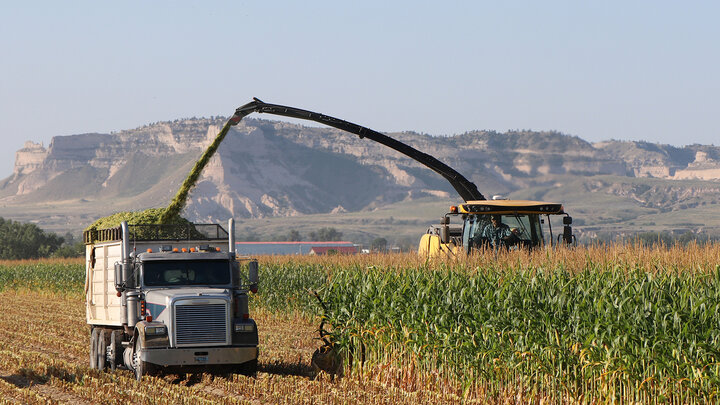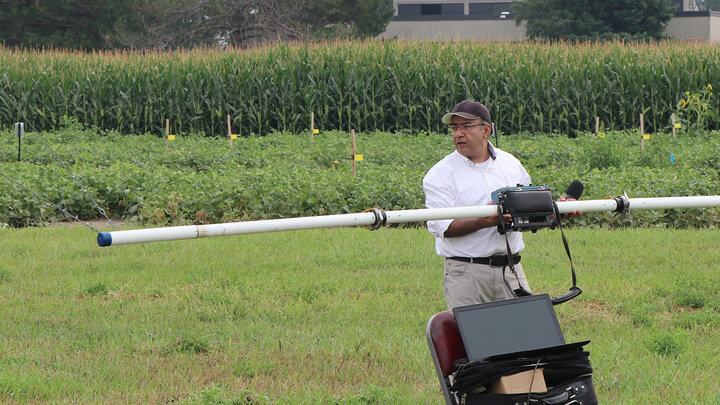Nothing quite announces spring in the same way as Tulips and Daffodils do. Bulbs are a great addition to any yard, but to see them in your landscape, you have to think now. Spring flowering bulbs need to go in the ground in late September through October to give them sufficient time to establish roots to produce sturdy flowers next year.
Some considerations when deciding on whether to plant tulips or daffodils. Tulips will survive our winds best if planted with some protection. Daffodils tolerate our winds better. If you have a vole or mole problem, they love tulip bulbs, but don’t bother daffodil bulbs. With that in mind, you might build an artificial fence around tulip bulbs with daffodils - some plant tulips in sturdy wire cages to outsmart the rodents.
Once you decide on tulips, daffodils, or both, be sure to read all the details when purchasing bulbs. Some will be listed as early spring, blooming in March or April. Mid-spring produce flowers in late April or early May, those labeled late spring bloom toward the end of May, and very late spring generally bloom in June. A mixture of all could give your yard color from March through June.
Maybe not the Charmin, but certainly squeeze the bulbs before purchasing. When purchasing bulbs, make sure they are healthy and firm without blemishes on the surface. Select the largest bulbs for the best blooms. Bulbs that are small for the variety may not even bloom the first year. If you buy early for the best selections, keep them in a cool, dry area until planting time.
Bulbs prefer a well-drained soil to flourish. Dig the hole to the proper depth required, depending upon the bulb size. After digging the hole, add one part organic matter to every four parts of soil. Preparing a bed that will hold several bulbs spaced appropriately will provide a showier mass of blooms. Loosen the soil below the bed to encourage good root penetration. Properly preparing the bed for your new bulbs will pay dividends in years to come.
Another bulb to consider is the allium, a member of the onion family. Alliums grow on a stock that can reach 4-5 feet tall, normally with a big globe-shaped flower. The flower is made up of hundreds of florets that radiate from a central core. More colors and shorter varieties are now becoming available. Plant some this fall and be amazed come this spring, early summer.
Without a good foundation, no amount of TLC or money will produce great results. Healthy soil equals healthy plants. When you build and maintain fertile soil rich in organic matter, you literally lay the groundwork for thriving plants that can develop quickly, resist pests and diseases, and yield a bountiful crop. Organic soil amendments such as compost, aged manure, or cover crops can improve soil quality while providing a source of nutrients that last through the growing season.




